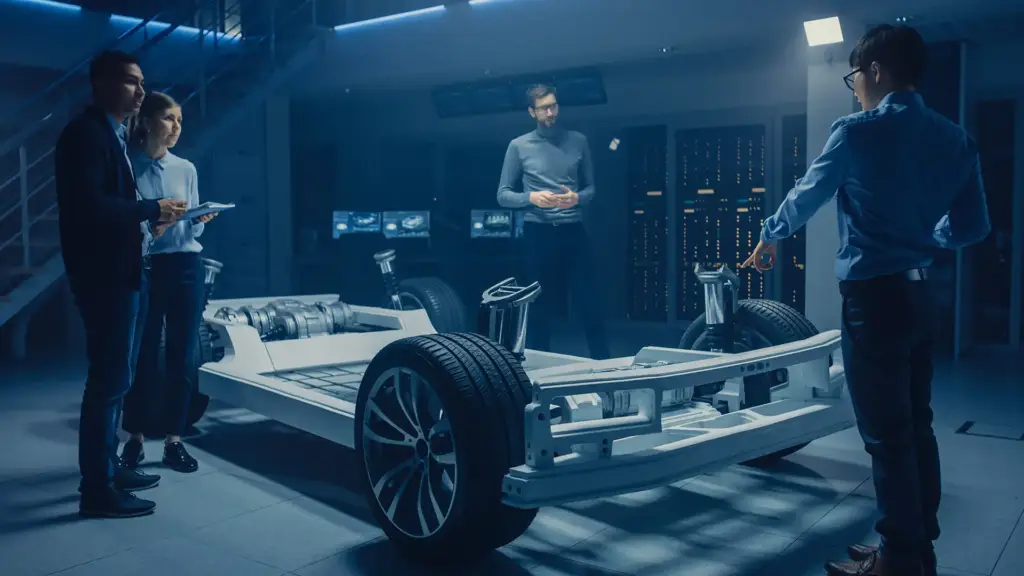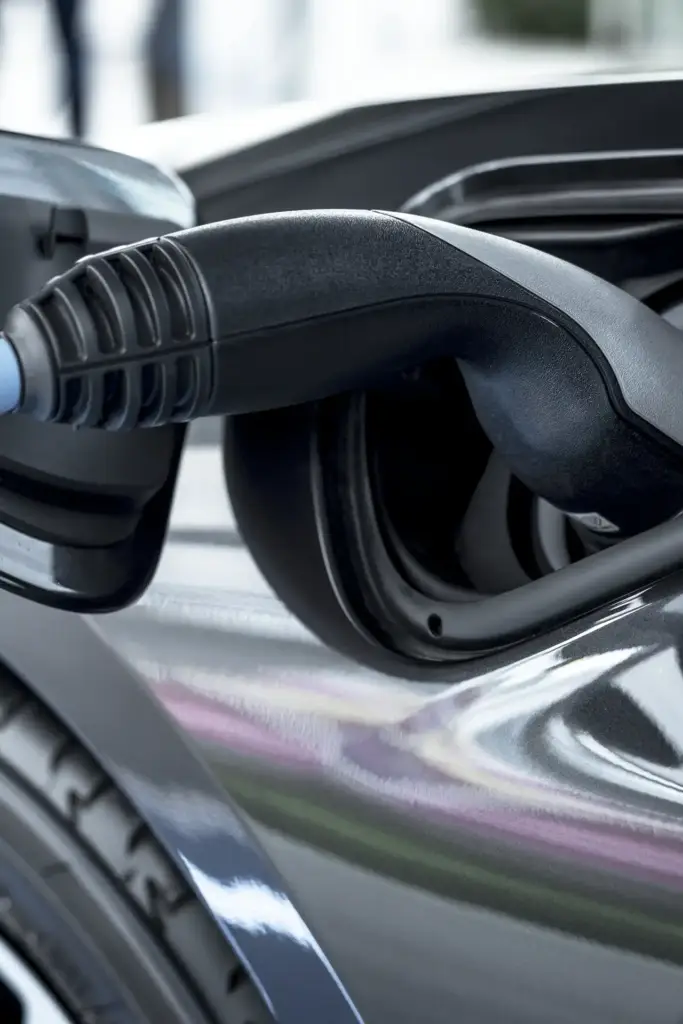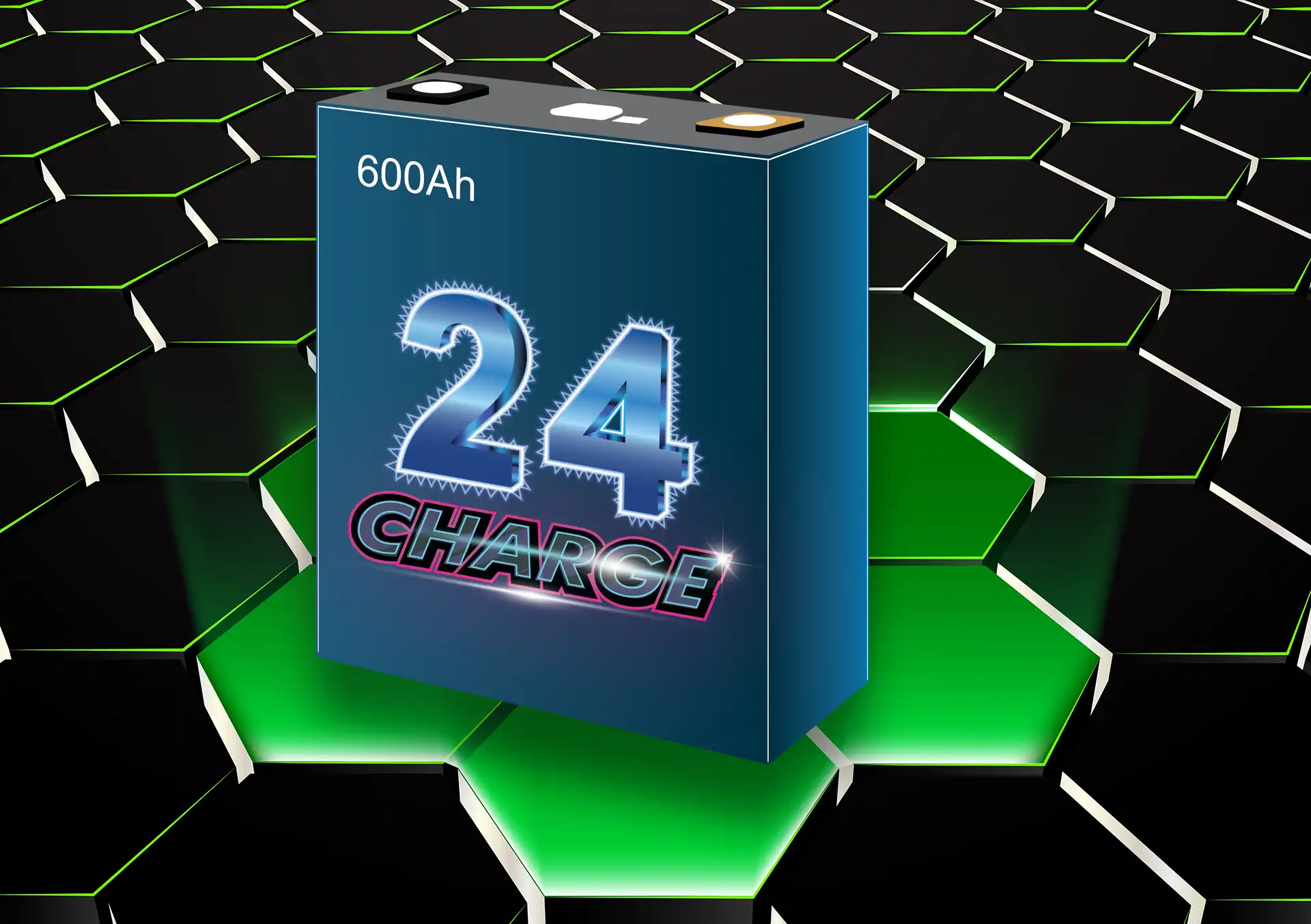Does the Battery Make the EV?
While the battery is a critical component that significantly influences the performance, range, and overall characteristics of an electric vehicle, it is just one part of the broader EV system. Electric vehicles are complex systems that require integration of various components and subsystems to deliver efficient, reliable, and sustainable transportation.


The type of electric vehicle (EV) battery can make a significant difference in terms of performance, range, charging speed, longevity, and overall cost of ownership. Here are some common types of EV batteries and their characteristics.
Lithium-ion (Li-ion) Batteries: Lithium-ion batteries are the most common type of battery used in electric vehicles due to their high energy density, relatively low weight, and long cycle life. They offer good performance, fast charging capabilities, and a relatively flat discharge curve, providing consistent power output over the charge cycle. However, they can be expensive to manufacture, and concerns about raw material availability and environmental impacts exist.
Lithium Iron Phosphate (LiFePO4) Batteries: LiFePO4 batteries are a type of lithium-ion battery known for their safety, stability, and long cycle life. They are less prone to thermal runaway and have a lower risk of fire or explosion compared to other lithium-ion chemistries. While they have slightly lower energy density than other lithium-ion batteries, they are often used in applications where safety and longevity are paramount.
Nickel-Metal Hydride (NiMH) Batteries: NiMH batteries were commonly used in early hybrid vehicles and some older electric vehicles. They offer good energy density, durability, and thermal stability but are heavier and less energy-dense than lithium-ion batteries. NiMH batteries are less commonly used in modern EVs due to their lower energy density and higher cost.
Solid-State Batteries: Solid-state batteries are an emerging battery technology that offers the potential for higher energy density, faster charging, longer cycle life, and improved safety compared to traditional lithium-ion batteries. Solid-state batteries use a solid electrolyte instead of a liquid or gel electrolyte, which reduces the risk of fire and allows for greater energy density. However, solid-state batteries are still in the early stages of development and are not yet widely available for commercial use in electric vehicles.
Green Graphene Batteries: This is a battery that incorporates environmentally friendly or sustainable materials and manufacturing processes, it offers environmental benefits compared to traditional battery technologies as the graphene is derived from renewable sources, hemp, and or recycled materials. Graphene has excellent electrical conductivity, which can improve the performance of batteries by enhancing electron transport and reducing internal resistance. This can lead to faster charging times, higher energy density, and longer cycle life compared to conventional battery technologies.
Green graphene batteries have a lower overall environmental impact compared to traditional batteries which reduces carbon emissions, water usage, and waste generation throughout the battery’s life cycle. Graphene’s mechanical strength and thermal conductivity help to dissipate heat more effectively, reducing the risk of thermal runaway and battery fires.


